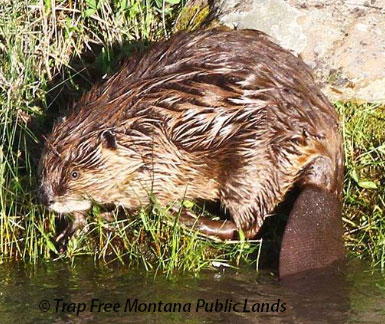Unlike all the other trapped animals, Montana regulations require trapped wolves to be immediately killed only by gunshot. *
Trappers care the most about preserving the pelts. They frequently refer to how beautiful these indiscriminate, unfortunate, suffering, trapped wolves are.
Notice the consistency in the lack of blood from the required gunshot in many photos.
*A trapper must immediately dispatch any uncollared wolf captured that may be legally possessed unless the trapper is otherwise authorized not to do so by FWP prior to wolf trapping efforts. A trapper with an unfilled bag limit may release an uninjured collared wolf. If a wolf trapper incidentally catches a wolf beyond the legal limit and the wolf is uninjured, the trapper must contact FWP within 24 hours to potentially have the wolf fitted with a radio collar and released.
ALL incidentally captured wolves that are injured must be dispatched by the trapper immediately.
The Wolf Harvest Reports can be viewed on the following page.







